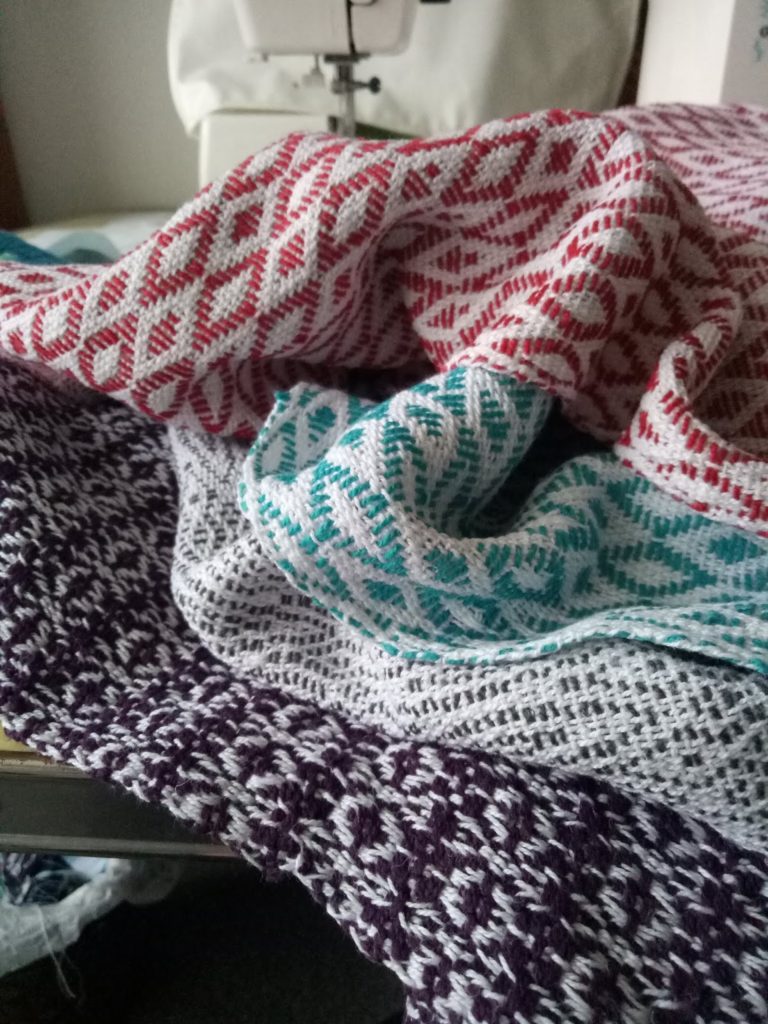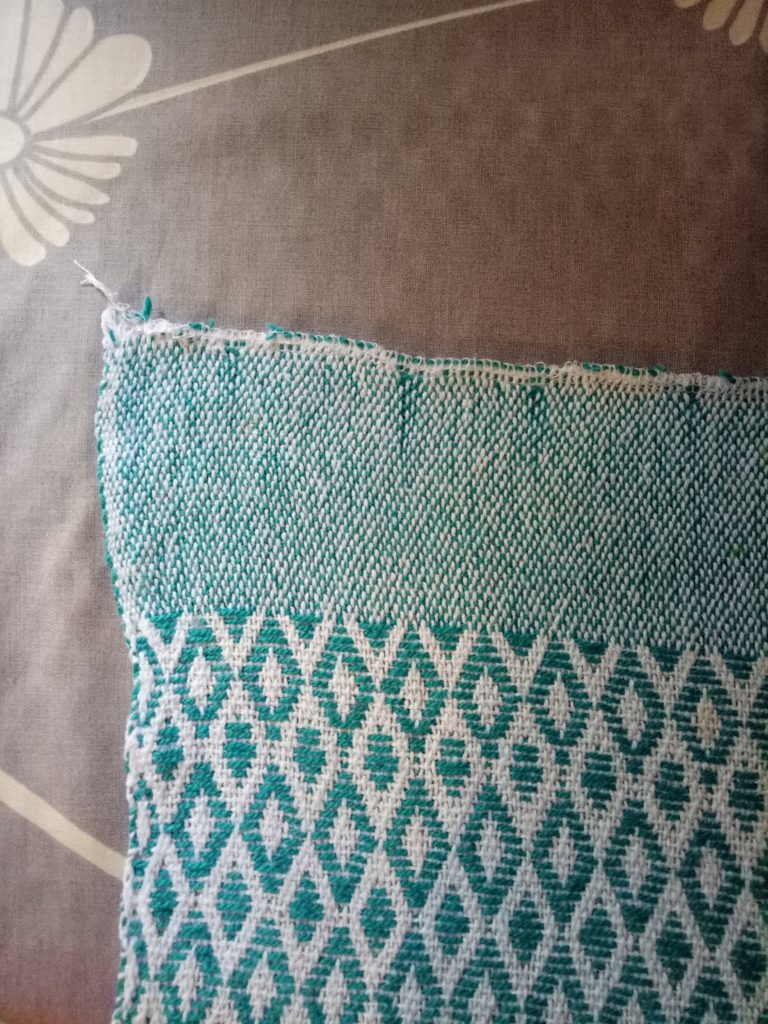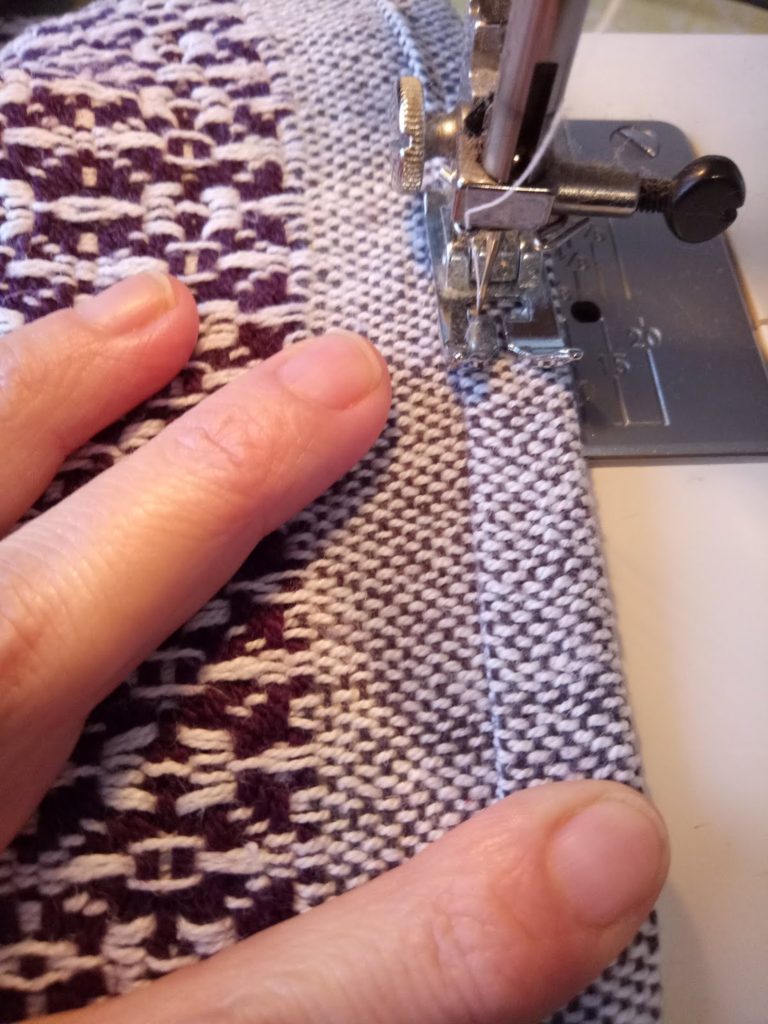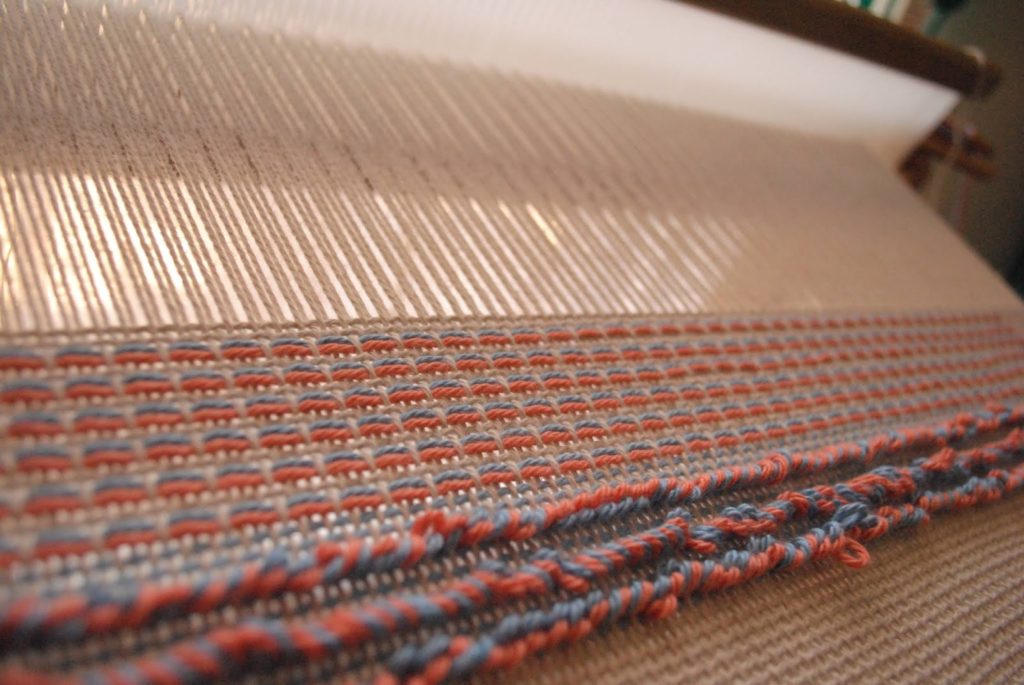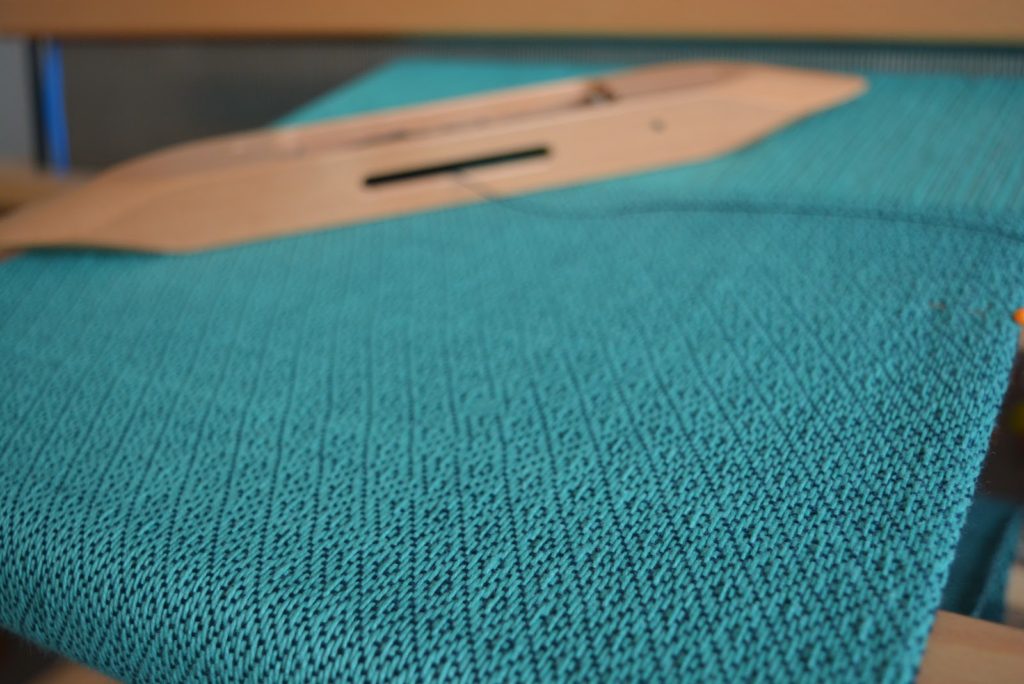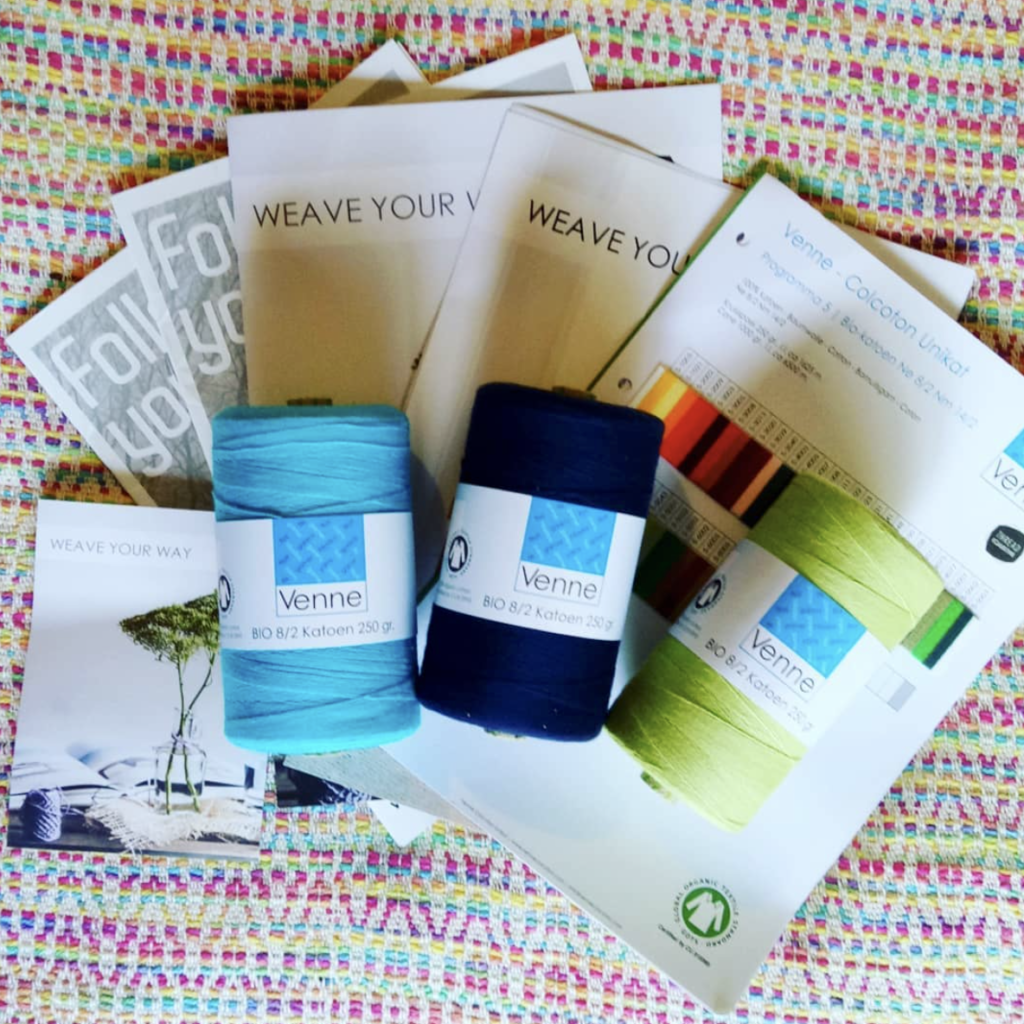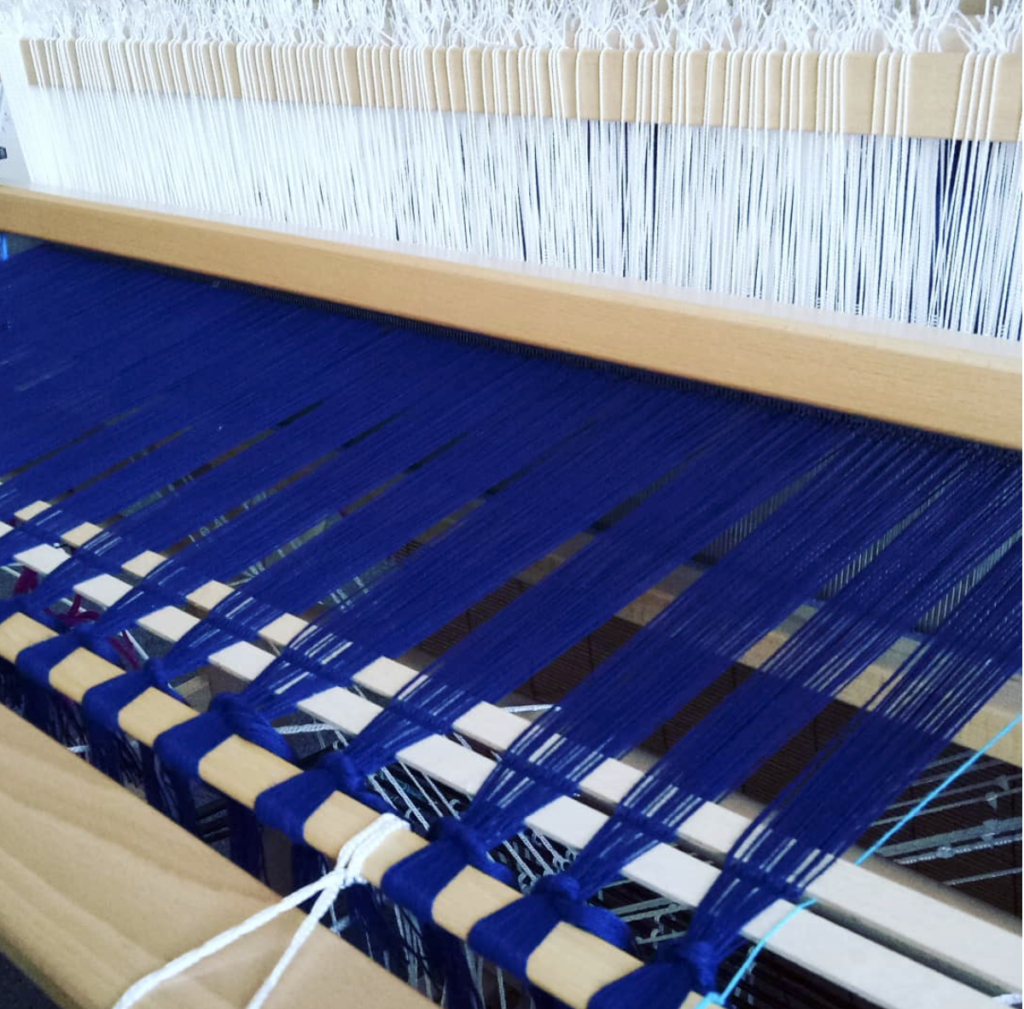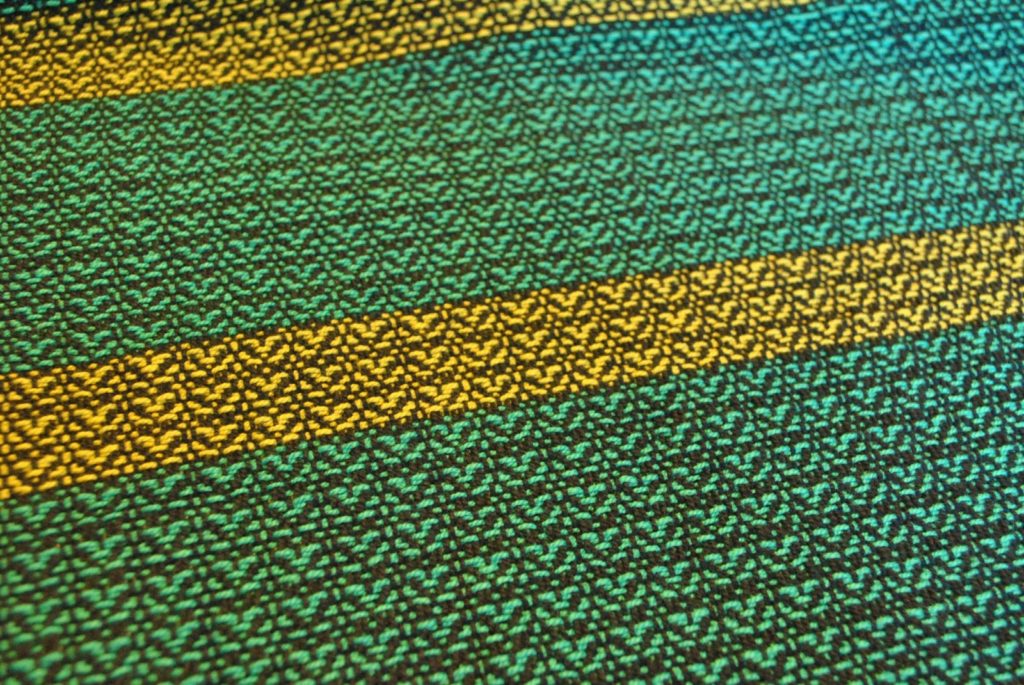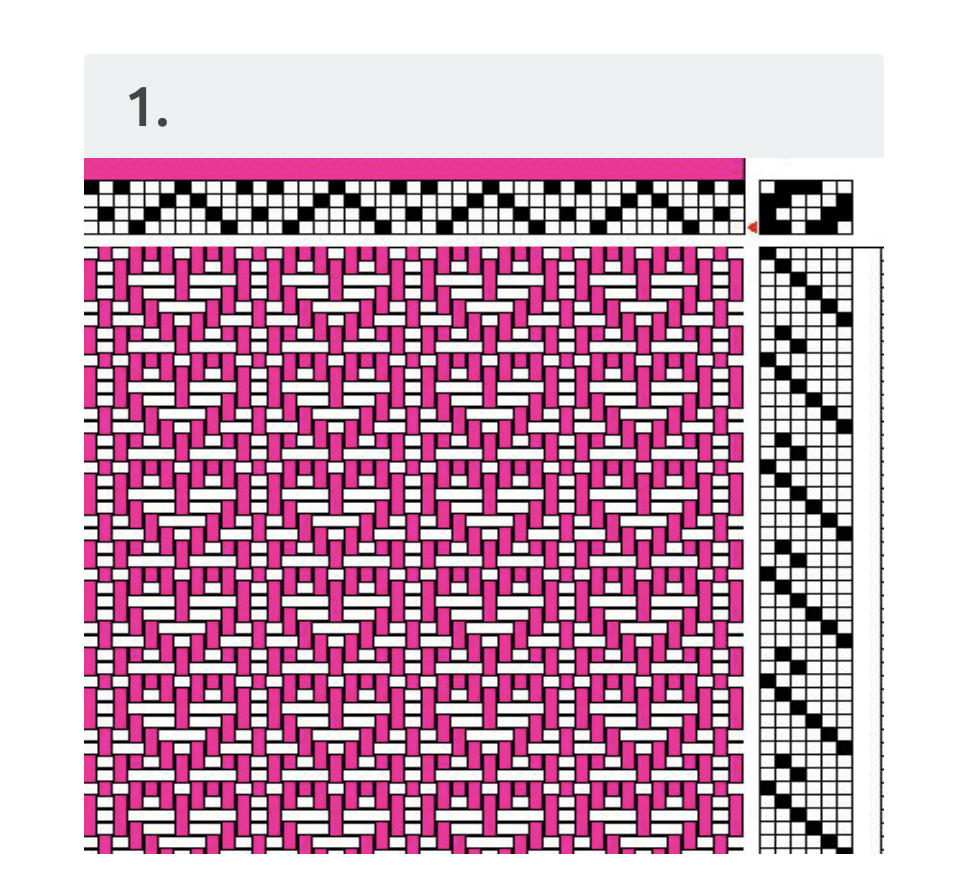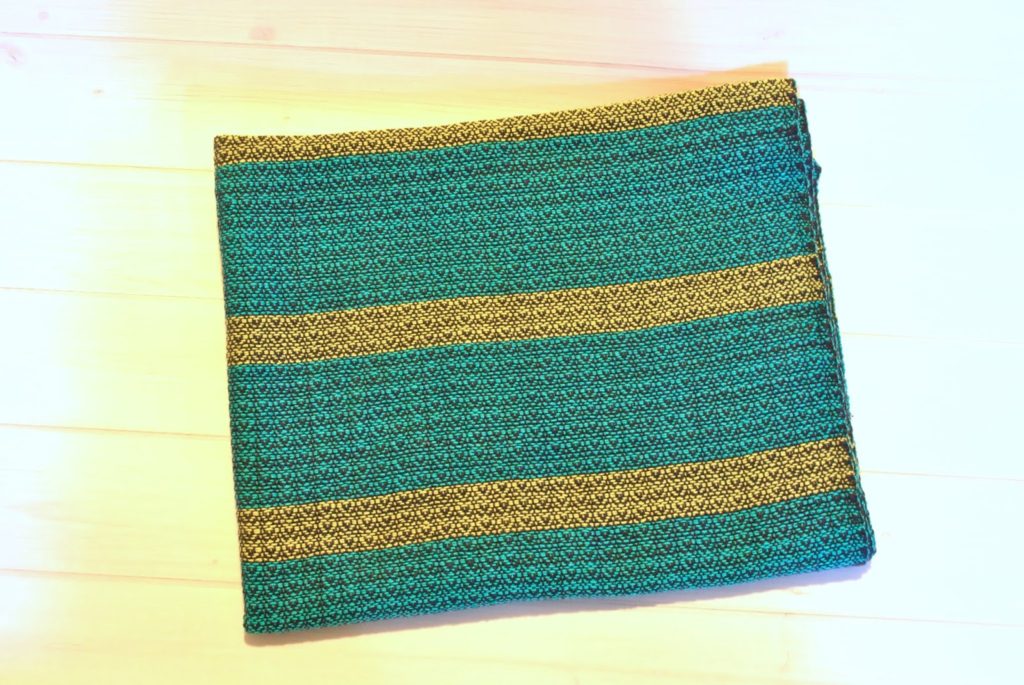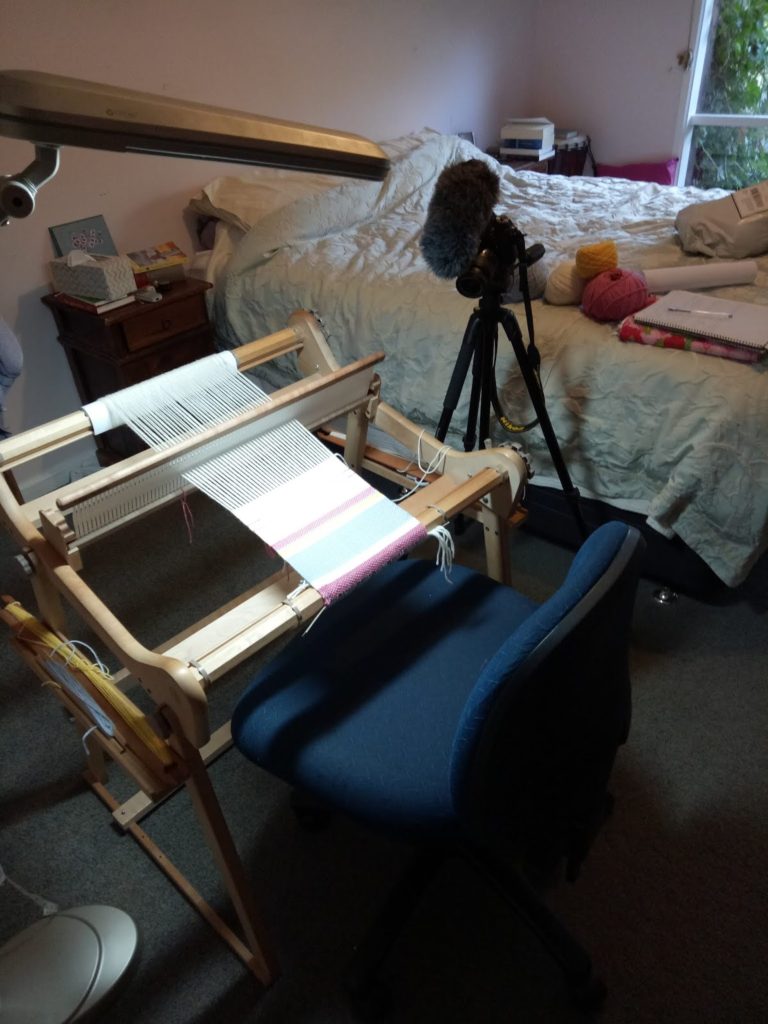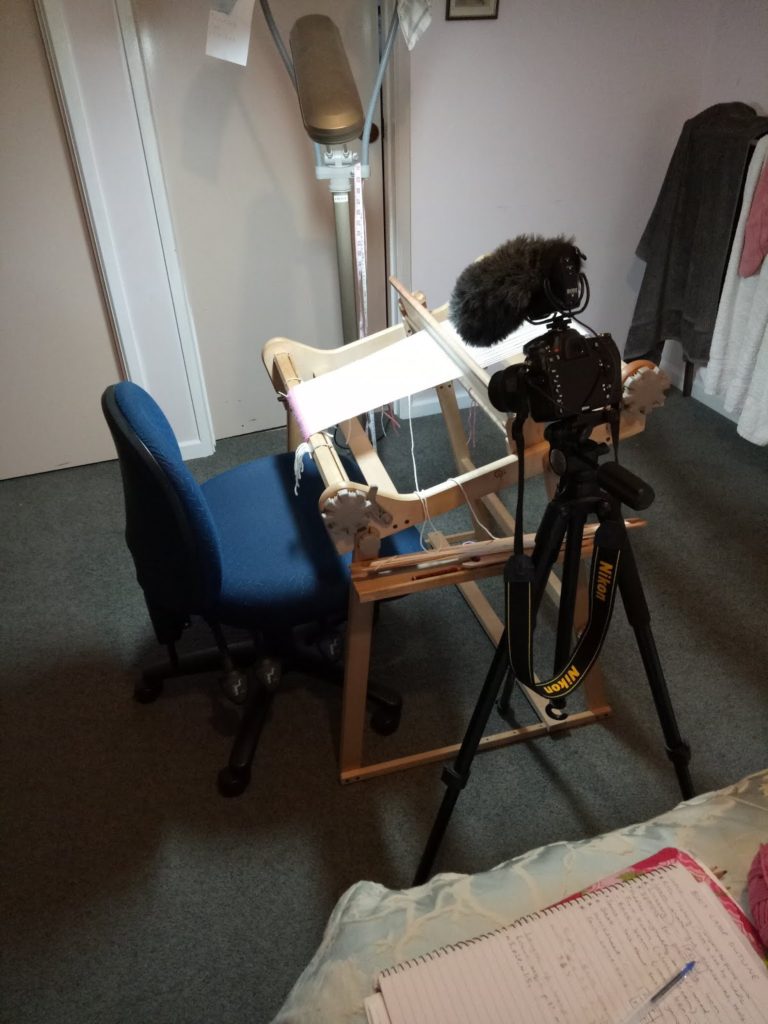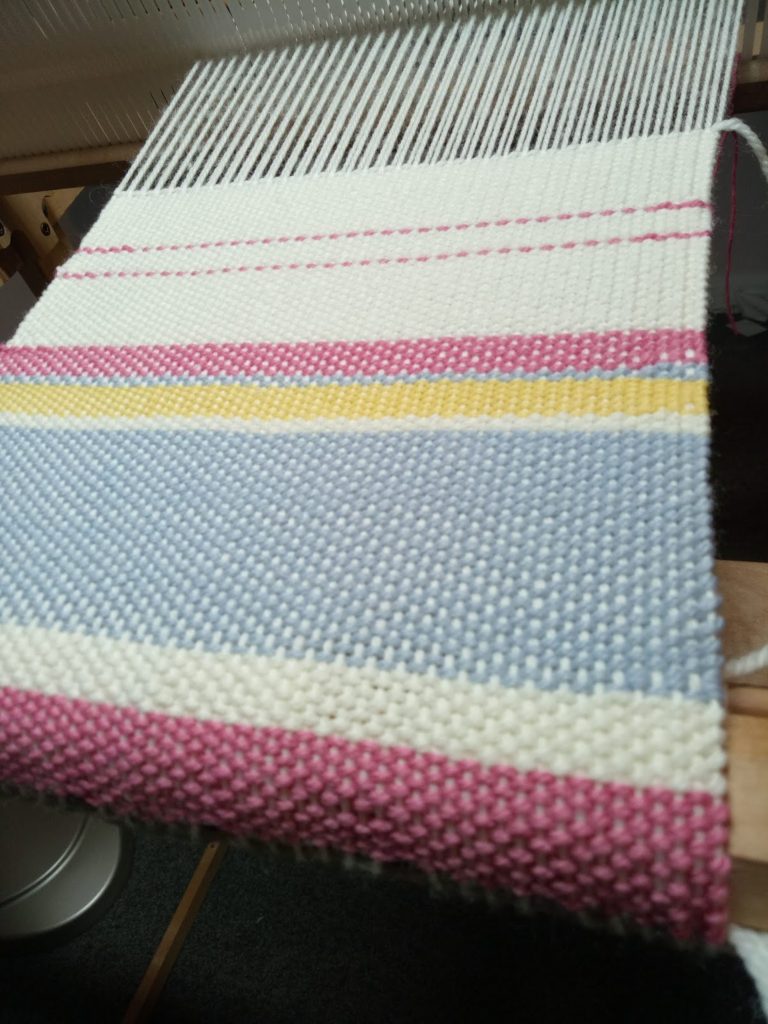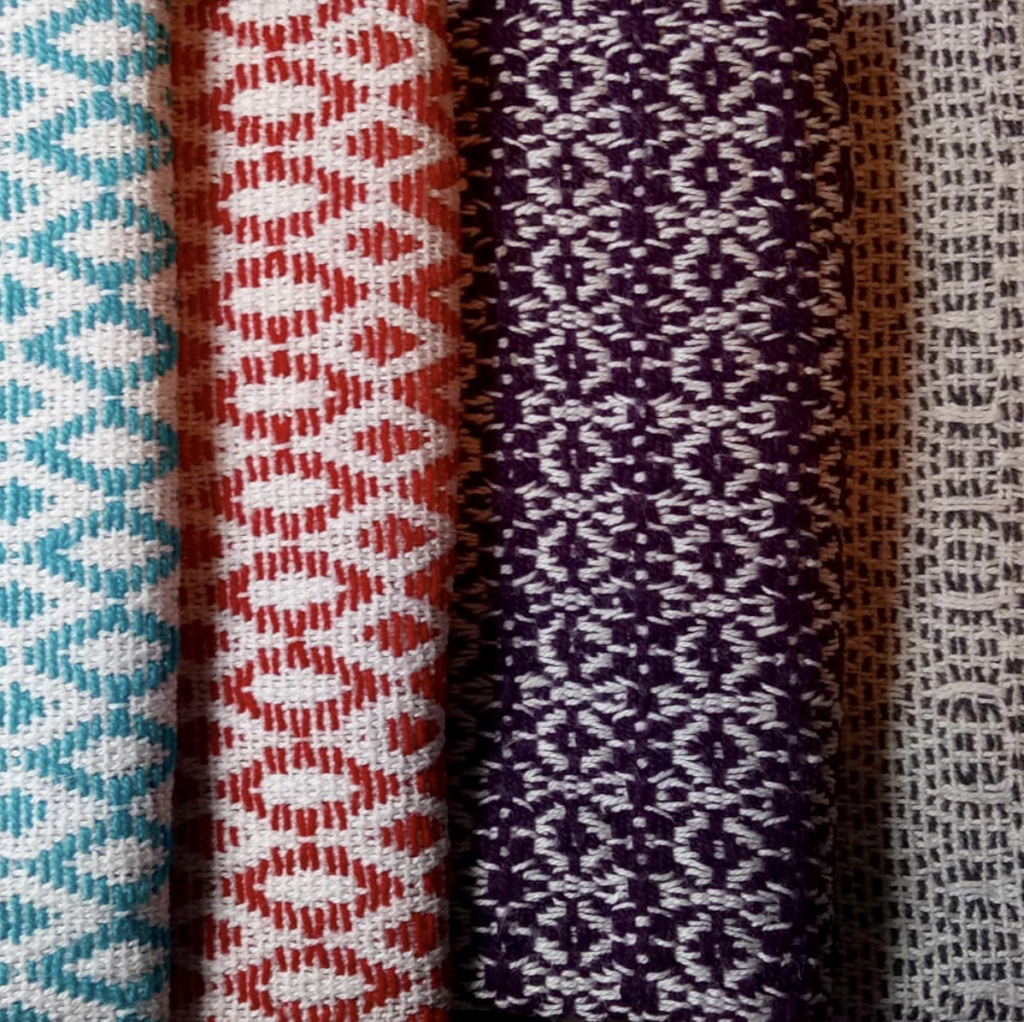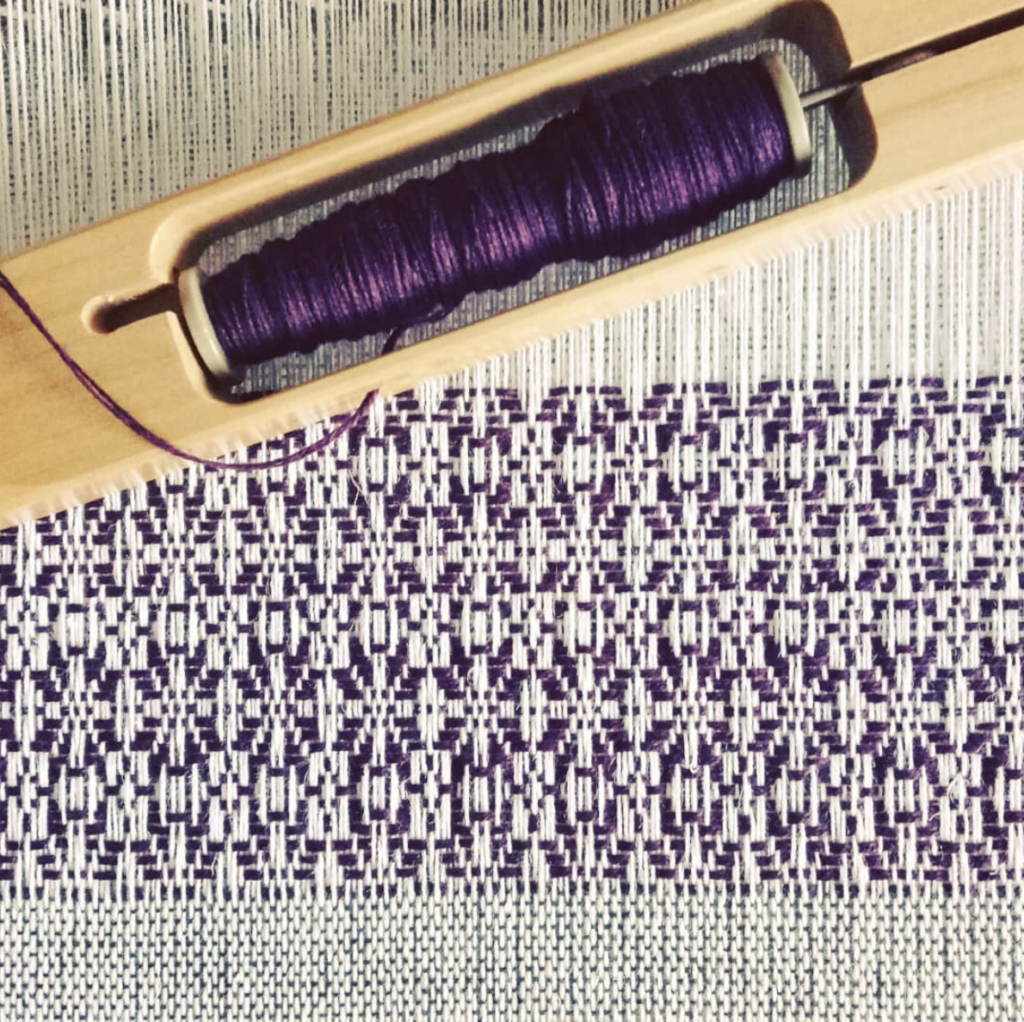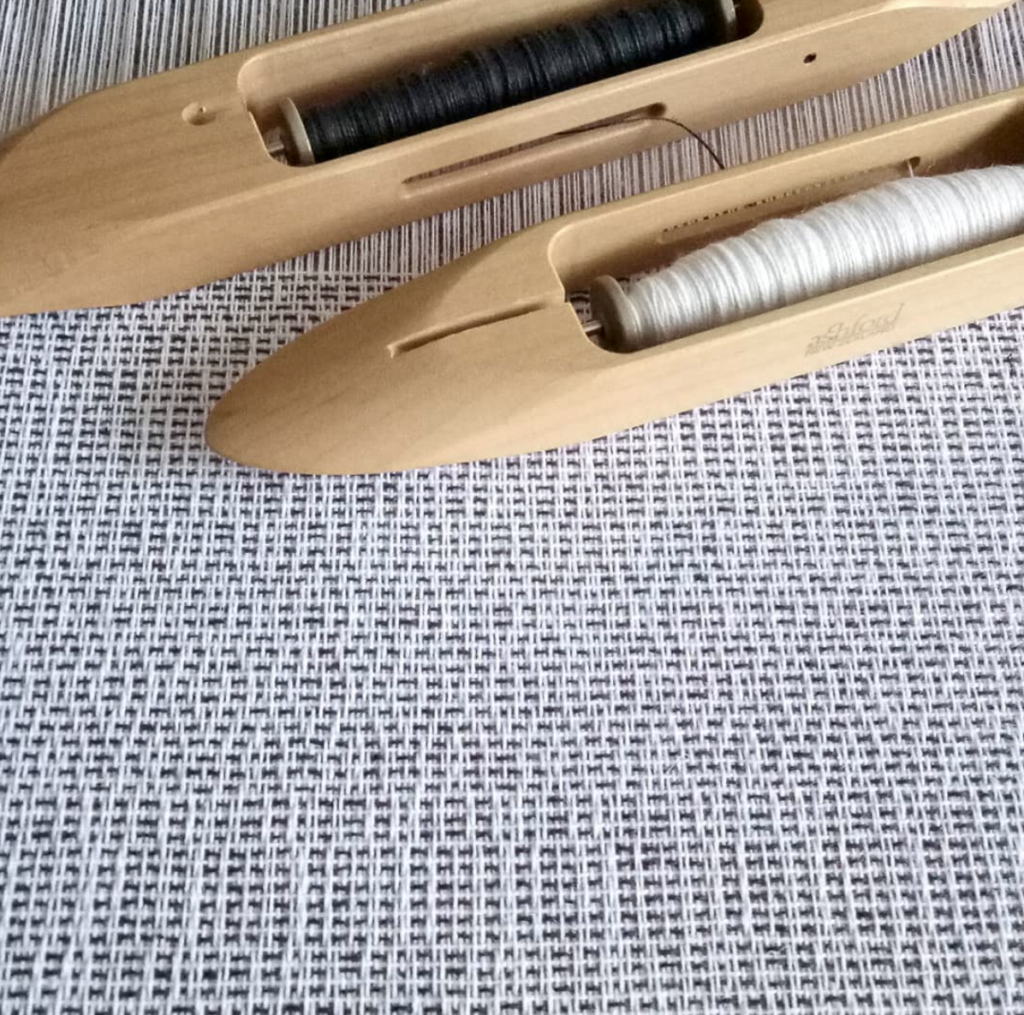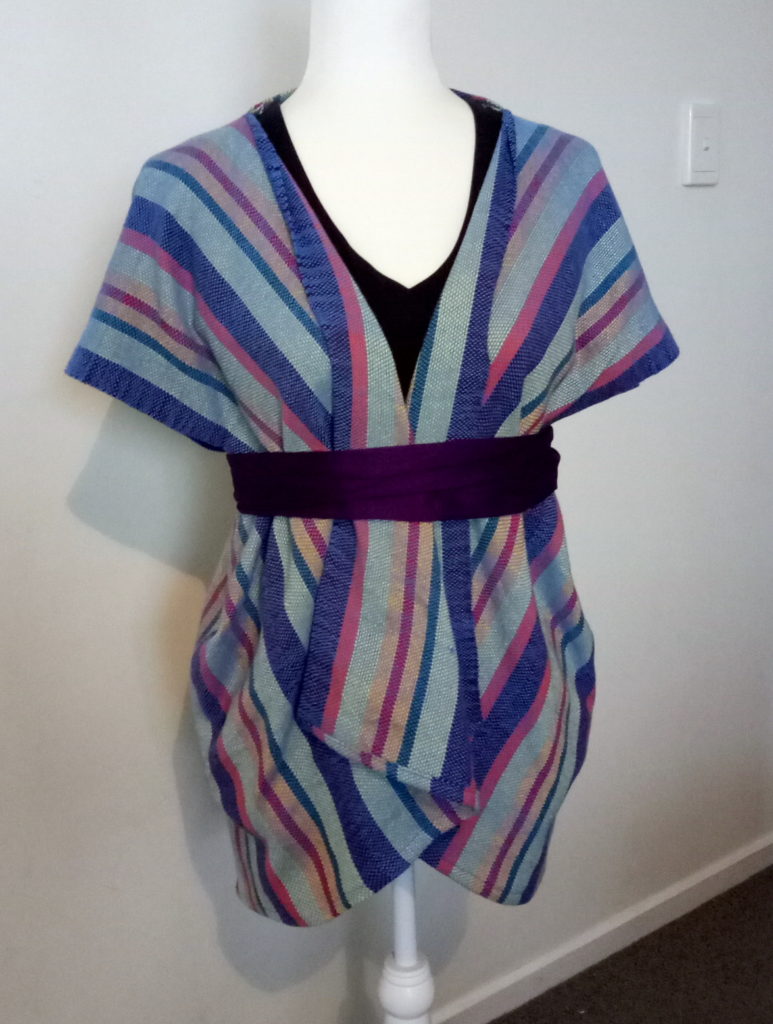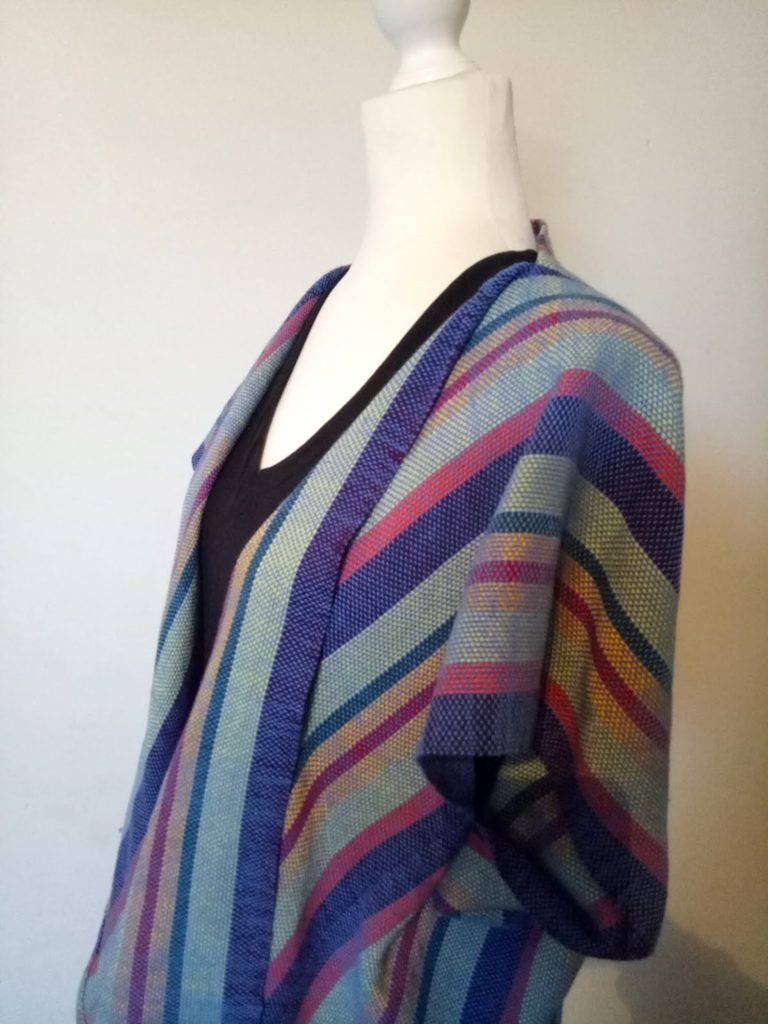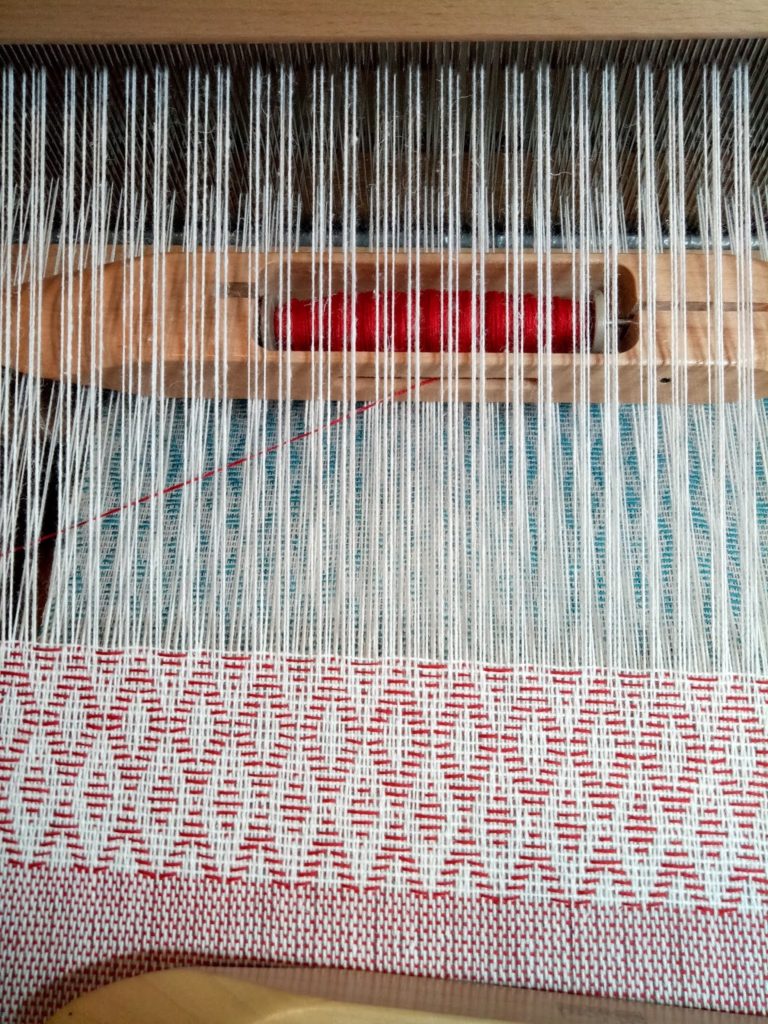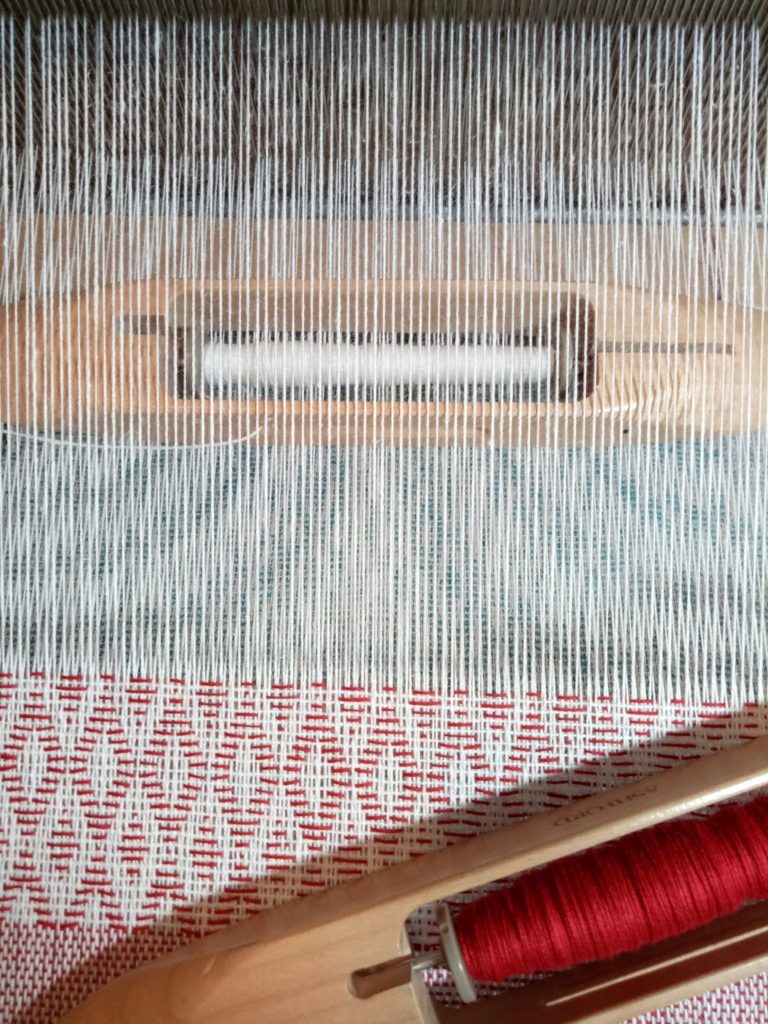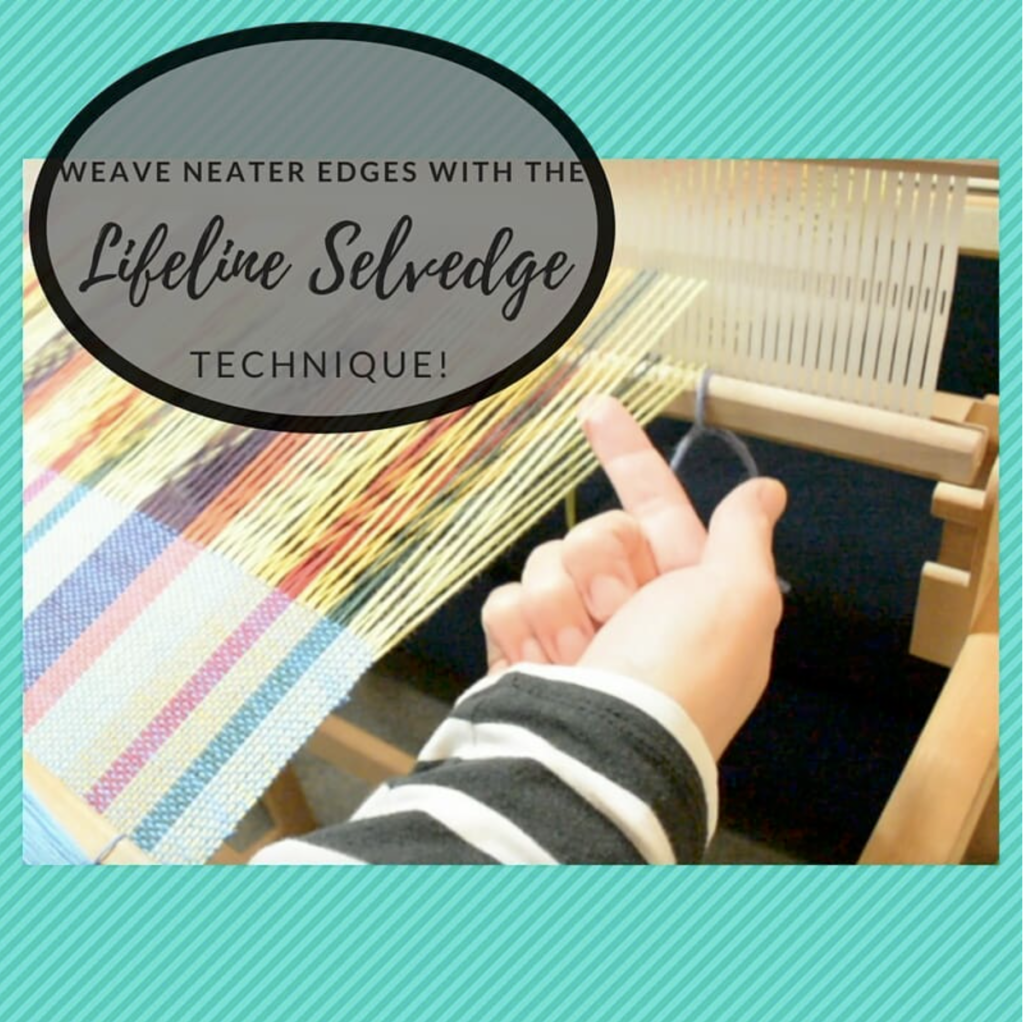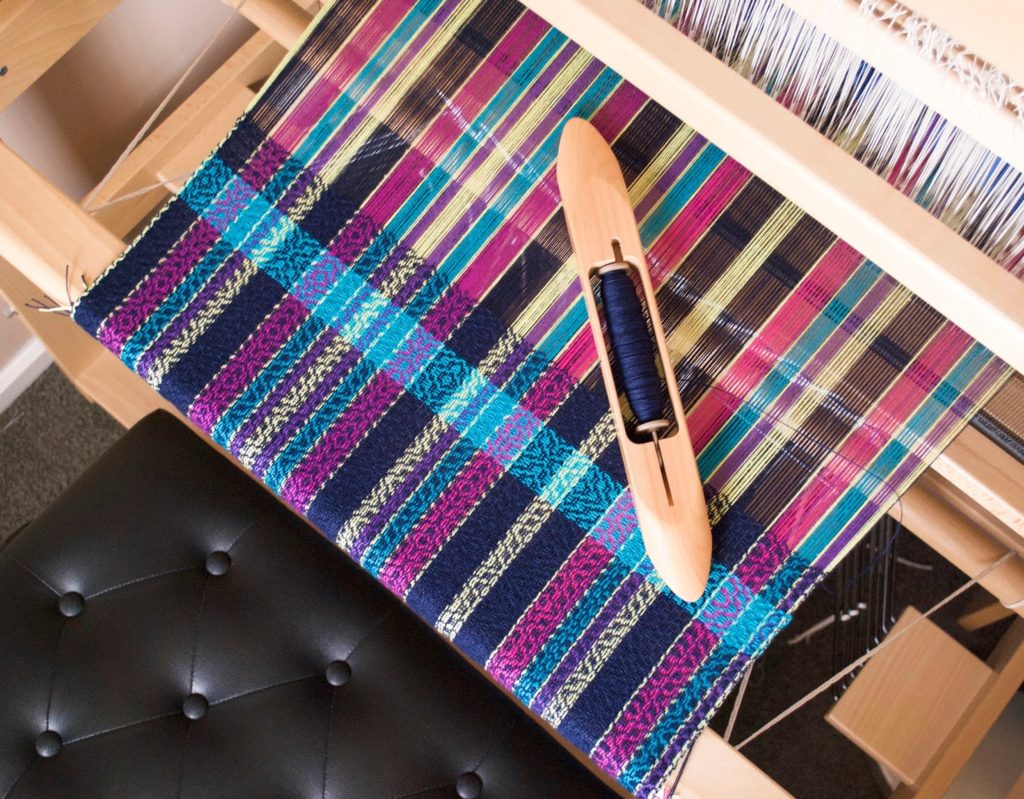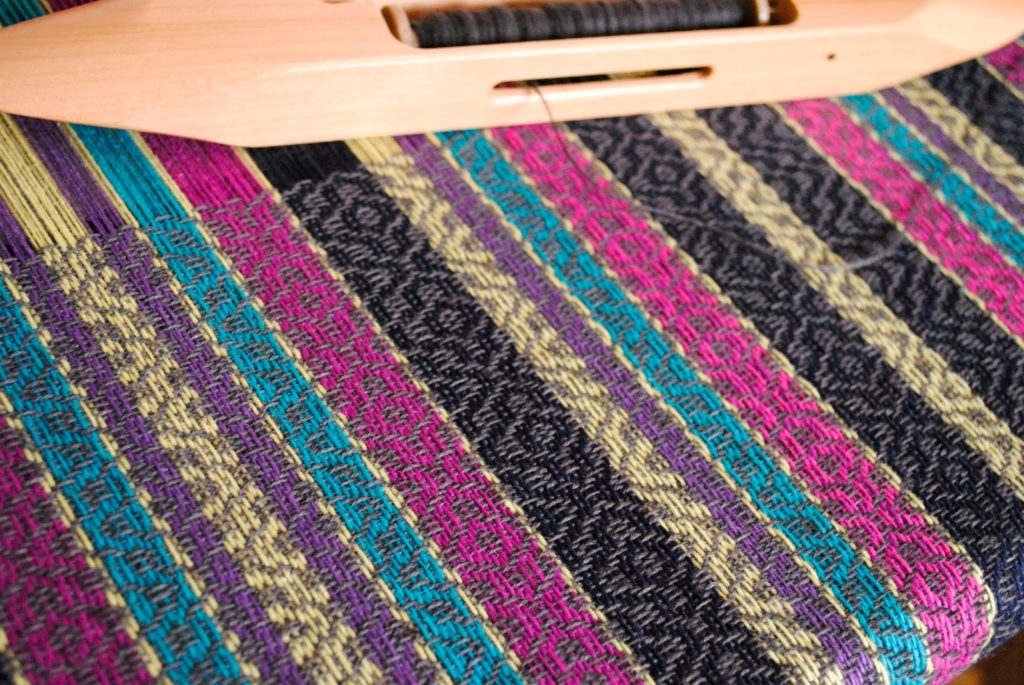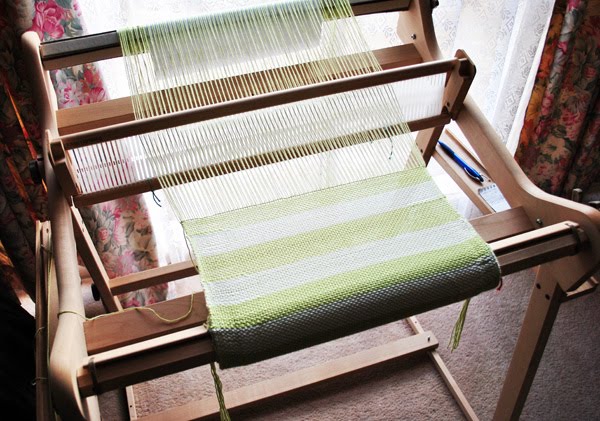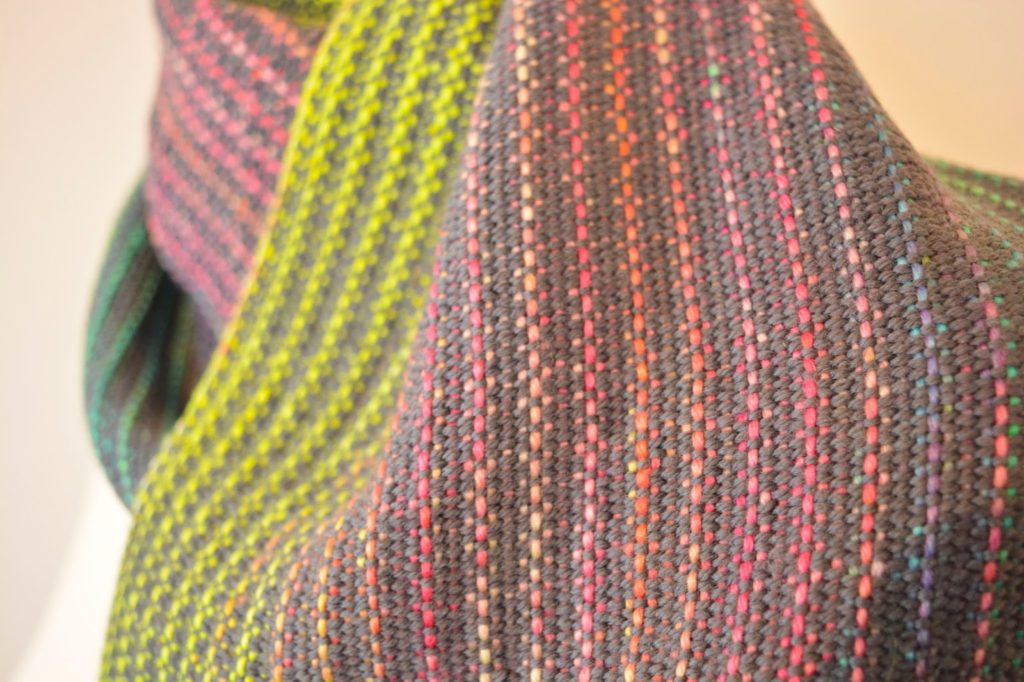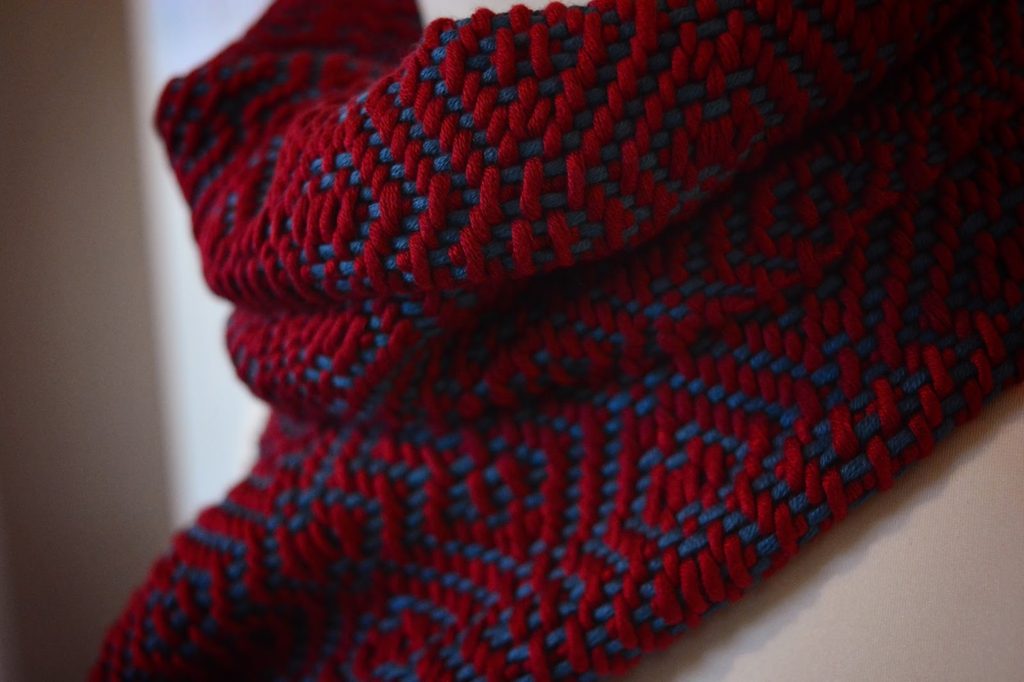I have a rigid heddle loom, why would I consider buying a floor loom?
It is true that the Rigid Heddle Loom is capable of a lot (even an 8 shaft pattern if you really want to) but there are many reasons why I love to have both a RHL and a floor loom.
I wrote a series recently that compared different types of looms that you may wish to review:
The Rigid Heddle Loom
The Table Loom
The Floor Loom
Now, I said the rigid heddle loom is capable of weaving 8 shafts, but does that mean that I would actually want to? To achieve that would mean multiple heddles, multiple pick up sticks and a pretty painstaking process that would have me leaping on to my floor loom in no time. Because the floor loom is made for this, it’s set up for more complex weaves, that is it’s job. So, while the RHL can be utilised for more complex weaves, that doesn’t mean that it’s the ideal choice.
Next, the RHL has yarn size limitations. The smallest dent heddle currently available is a 15 dent by Ashford. Yes, you can still double threads or use extra heddles to increase the available sett, but that is another difference to a floor loom and a consideration if you like to weave with fine threads.
Finally, the floor loom is a full body experience. That sounds a bit weird and new age doesn’t it?! But what I mean is that you are using your head (eyes to read the pattern as you weave, if you need to), your hands to throw and catch the shuttle (your body naturally sways slightly from side to side as you get into the rhythm) and your legs (as your feet move or “walk” the treadles to operate the shafts). It’s actually a bit of a workout!
Because of this “full body” approach on a floor loom, you are able to operate many actions at once. And that is the real beauty of floor loom weaving, the harmony of actions that allow you to work fast to achieve sometimes quite amazing results.
Don’t forget that there are pros and cons to all types of weaving and I try not to promote one over the other because I believe each weaver needs to find the right fit for their particular needs. If it seems that I am promoting the floor loom in this article, it is only within context of answering a question.
To recap, why would I buy a floor loom?
1. Intricacy of pattern
2. Finer threads
3. Speed and efficiency
I hope this article helps you, thank you for reading!
Baby Blanket Project
Make do and make a start
I thought I’d share with you a little reality check today. It is easy for us to imagine that people we see on social media, on websites, on Youtube or anywhere on the internet have it all together and their lives are pretty perfect. We imagine them to have all the things we need or that they are somehow “better” than we are – all because they have learned how to present themselves in a certain way that looks great to the rest of the world.
How does this tie in to weaving? In so many ways! How often have you wished that your loom was bigger or better? Have you gazed longingly at other weaver’s beautiful pictures online and wished that you could do that too? Have you grumbled at your lack of space/time/finances to “make it all happen”.
Well, I’m here to tell you that, just like life, weaving is a journey – often long and sometimes difficult.
When people find out that I homeschool my children and have been doing so for their entire lives, they are amazed and say things like “Well, you are an expert then!” Nothing could be further from the truth. Every day is a new start with people and needs ever changing. It’s a constant process of re-evaluation and starting over. Of asking God to please help me through this day. Of learning and applying new things.
And I think this is normal. We don’t step on a plane expecting to arrive at our destination immediately. We have to be patient to get the reward!
To illustrate my point, I will show you my film studio from today. Much of the time, I can’t film in my studio space as it’s a shared, walk through room.
8 shaft towels and lessons learned
The week in review, phew!
Which loom to buy, part 3 – the Floor Loom
Anzac biscuit recipe
This recipe was passed down from my husband’s Grandmother. There are many Anzac biscuit recipes but I really like this one, and I love to think of my husband’s Gran baking these in a warm kitchen on a wood stove.

Gran’s Anzac biscuits
ingredients:
- 1 cup plain flour
- 1.5 cups rolled oats
- 1 cup desiccated coconut
- 1 cup white sugar
- 170 grams (6oz) butter
- 1 tablespoon golden syrup
- 1 teaspoon bicarbonate of soda (baking soda)
- 3 tablespoons boiling water
instructions
- Mix dry ingredients together in a bowl.
- Melt the butter and syrup together.
- In a cup, pour the boiling water over the bicarb soda and mix.
- Pour water and soda mix into butter mixture.
- Pour over dry ingredients and mix well.
- Use a dessertspoon to portion out the dough onto a baking tray lined with baking paper. Leave room for spreading in between biscuits.
- Bake for 15 – 20 minutes at 160 degrees (C) or 320 (F)
- Allow to cool on tray until firm enough to move to a baking rack.
Which loom to buy, part 2, The Table Loom
My second loom purchase was an Ashford 8 shaft table loom. (Affiliate link).My back issues at the time were very troublesome and I didn’t want to invest in a floor loom only to find I couldn’t use it. It was a great decision for me at that time.
Table loom, rigid heddle loom, floor loom?
Lets start with the humble hero that I recommend most often for absolute beginners:
THE RIGID HEDDLE LOOM
The little champion of the weaving world! That is how I think of this humble loom anyway. I believe it’s thanks to this loom we have seen such an enthusiastic resurgence in weaving. You can view the rigid heddle looms I own (affiliate links):
Ashford 24″
Ashford Sampleit 10″
They come in a variety of sizes, are lightweight and portable, are much more affordable than table or floor looms, are customisable by adding a stand and extra heddles, plus they are simple enough for beginners to get up and weaving quickly. The ability to direct warp means you don’t need a warping board to get started. Threading is straight forward and easy. There is very little yarn wastage. You can adapt the loom to weave tapestries.You can even weave 8 shaft patterns on this loom (I’ve seen it done, but I don’t intend to do it myself – waaay too much work for me!)
That all sounds great right? Surely there must be some drawbacks to this loom?
Well, there are limitations to the rigid heddle loom. The tension, for example, is not like a floor or table loom. Weaving is slower, as you need to put your shuttle down after each pick in order to beat. I mentioned that you can weave up to 8 shafts, but it would take a lot of patience and mucking around that would have me personally reaching for my floor loom in a jiffy (though I realise that not everyone has that luxury!)
I don’t really think of these things as negatives, the rigid heddle loom has too much going for it to warrant any real criticism. What I have listed above are more differences as opposed to negatives.
Want to know more about the rigid heddle loom? You may wish to watch my free Rigid Heddle Loom/Table Loom Comparison video. I also have a huge range of videos for rigid heddle weavers or those interested in starting out on my Youtube channel, so be sure to watch, like and subscribe to ensure you don’t miss new videos.
I also have a big range of rigid heddle weaving classes available on my Online Weaving School, I recommend you taking a look!
I hope this article has been helpful to you, next time I will discuss table looms!

